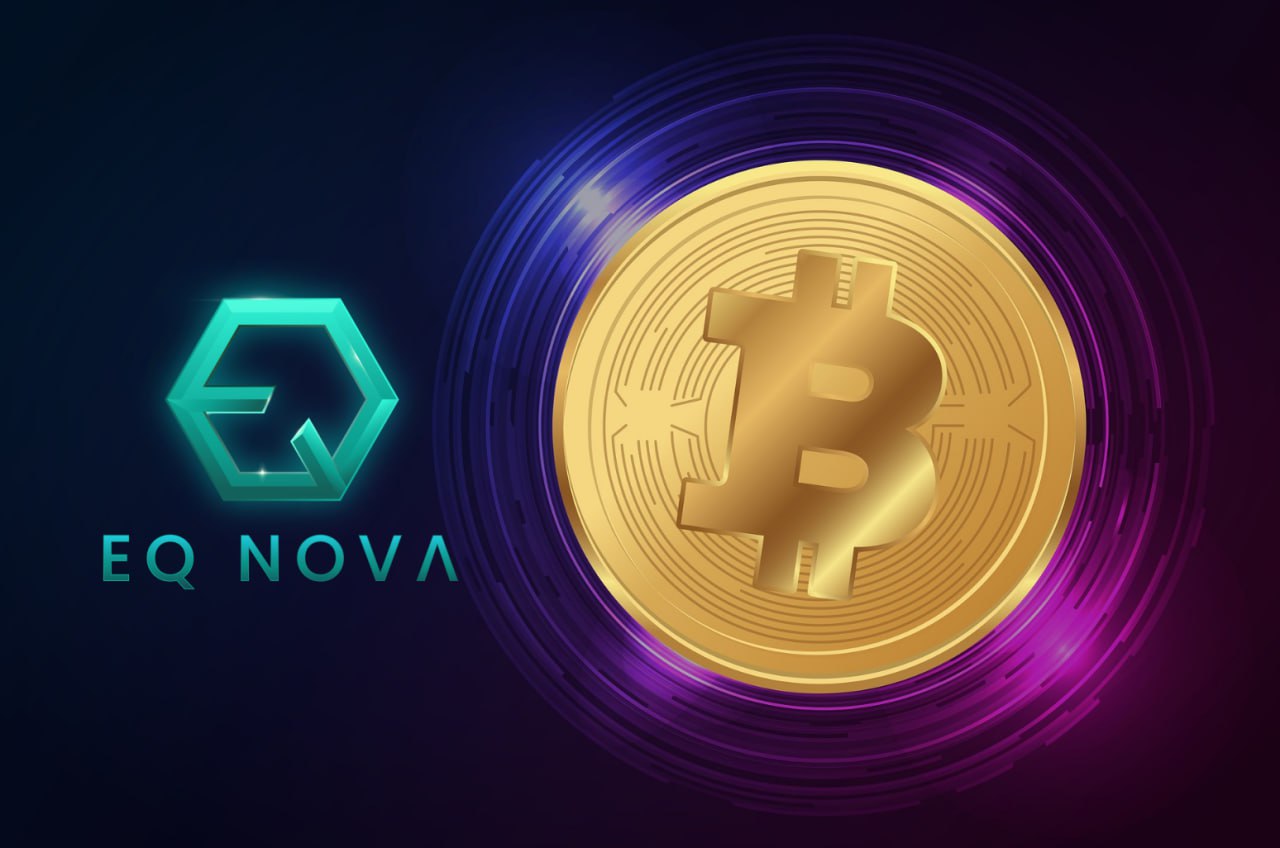
The Bitcoin network is approaching its next major difficulty epoch—a shift that could reshape which operators lead in 2025 and beyond. According to industry analysis, this upcoming adjustment may significantly alter the mining leaderboard, rewarding those with optimized operations and penalizing those who are not prepared.
For EQ Nova Limited, this isn’t a threat—it’s an opportunity.
Understanding the Difficulty Epoch
In simple terms, “difficulty” in Bitcoin mining refers to how hard it is for miners to solve blocks and earn rewards. The protocol adjusts this roughly every 2,016 blocks (about every two weeks) to maintain a stable block time. When hash rate goes up, the difficulty goes up; when hash rate goes down, it lowers. The recent article points out that the next epoch could mark a dramatic leap, meaning some miners might struggle to stay profitable or maintain consistent output.
Such a shift has multiple implications:
- Hardware optimized for previous conditions may lose efficiency.
- Power and cooling loads may increase.
- Operational margins may shrink unless adjustments are made.
Industry commentators suggest it could “rewrite the 2025 leaderboard” for mining operators.
How EQ Nova Is Responding Strategically
At EQ Nova, we recognize that difficulty adjustments are not just mechanical changes—they reflect broader market and network dynamics. Our approach to the upcoming epoch focuses on three main dimensions: adaptability, monitoring, and future-readiness.
1. Adaptability in Hardware Usage
While many firms rely on static configurations, EQ Nova continuously evaluates hardware performance in current conditions. This means aligning hash rate capability with energy draw, cooling capacity and ambient conditions to ensure the highest effective output per unit of equipment. As difficulty rises, that “effective output” becomes the key differentiator.
2. Real-Time Monitoring and Adjustment
Efficiency isn’t a set-and-forget metric. EQ Nova’s operational team exploits data-driven insights: tracking power consumption, thermal saturation, hardware response curves, and block acceptance rates. When the difficulty epoch hits, these metrics help the company recalibrate — reducing downtime, avoiding throttling due to heat or power constraints, and maintaining consistent hash contribution.
3. Preparing for Future Epochs
Beyond the immediate adjustment, EQ Nova is already positioning itself for next-gen epochs: planning for hardware refreshes, expanding modular cooling systems, and refining scheduling so that as the network evolves, the company does too. This forward thinking ensures that when the “leaderboard” reshuffle happens, EQ Nova isn’t simply surviving—it’s in a position to thrive.
What This Means for the Mining Ecosystem
When difficulty rises sharply, miners with lower efficiency or high power costs often struggle. Some may pause rigs, reduce hash rate, or even exit altogether. That leads to consolidation in the network: fewer but more capable operators dominate. EQ Nova’s operations are designed with that environment in mind.
In effect:
- Operators able to adapt retain rewards longer.
- Capital flows toward those with consistent output and operational discipline.
- Infrastructure-ready firms are rewarded not only for scale, but for intelligent scaling.
EQ Nova’s Message to the Industry
As we head into this critical difficulty epoch, EQ Nova’s message is clear: mining is no longer simply about raw hash rate—it’s about effective hash rate. That means the hash rate you deliver under real conditions, over time, with cost and reliability constraints accounted for.
We believe Bitcoin’s protocol adjustments—such as difficulty epochs—are more than technicalities. They are signals of maturity, reinforcing which operators are built to last. EQ Nova is aligning its strategy accordingly.








